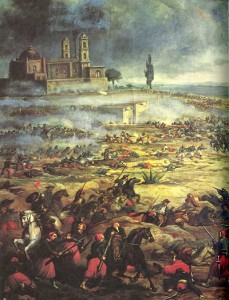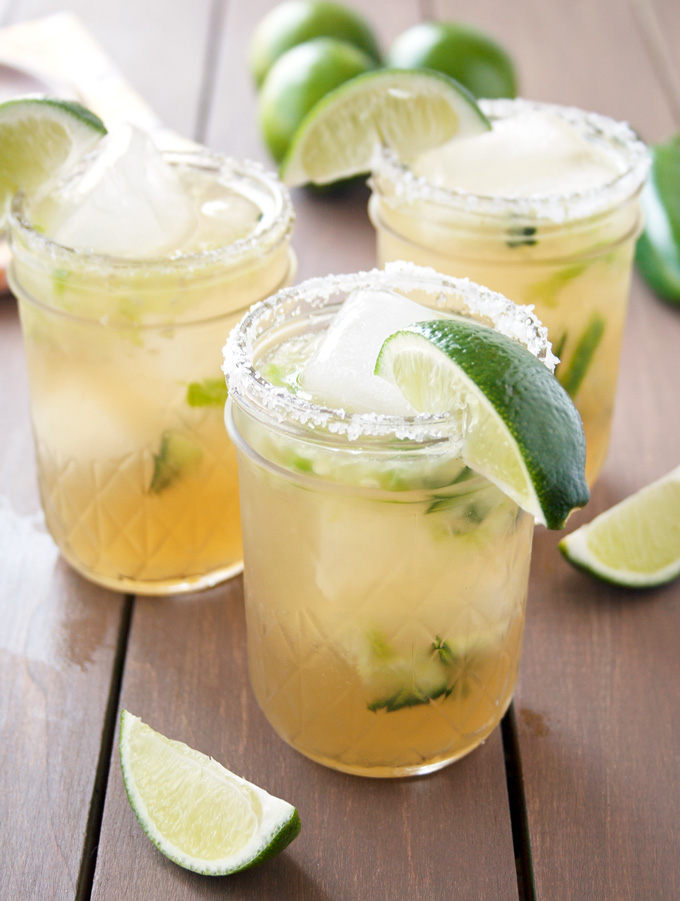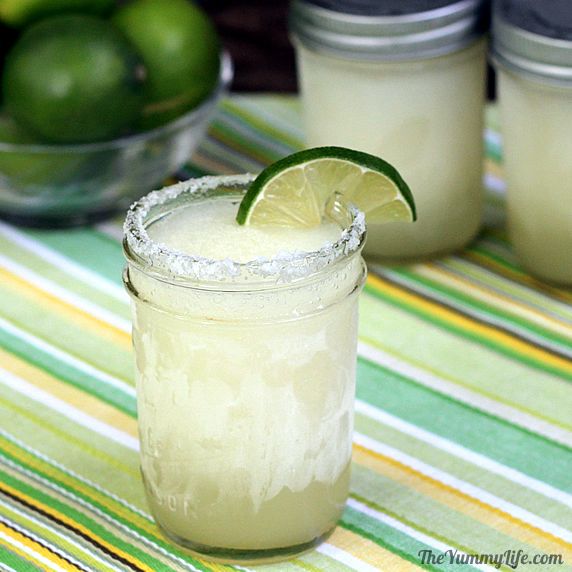 Cinco de Mayo (Spanish for “fifth of May”) is a celebration held around the world on May 5. It is primarily celebrated in the United States and regionally in Mexico, mostly in the state of Puebla, where the holiday is called El Día de la Batalla de Puebla (English: The Day of the Battle of Puebla). It all started with Mexican-American communities in the American West as a way to honor and remember the cause of democracy and freedom during the initial years of the American Civil War. Today the date is observed in the United States as a celebration of Mexican pride and heritage. In the state of Puebla, the date is observed to commemorate the Mexican army’s unlikely victory over French forces at the Battle of Puebla on May 5, 1862, under the leadership of General Ignacio Zaragoza Seguín. A common misconception, Cinco de Mayo is not Mexico’s Independence Day. Mexico’s Independence Day which is most important national patriotic holiday in Mexico, is celebrated every September 16.
Cinco de Mayo (Spanish for “fifth of May”) is a celebration held around the world on May 5. It is primarily celebrated in the United States and regionally in Mexico, mostly in the state of Puebla, where the holiday is called El Día de la Batalla de Puebla (English: The Day of the Battle of Puebla). It all started with Mexican-American communities in the American West as a way to honor and remember the cause of democracy and freedom during the initial years of the American Civil War. Today the date is observed in the United States as a celebration of Mexican pride and heritage. In the state of Puebla, the date is observed to commemorate the Mexican army’s unlikely victory over French forces at the Battle of Puebla on May 5, 1862, under the leadership of General Ignacio Zaragoza Seguín. A common misconception, Cinco de Mayo is not Mexico’s Independence Day. Mexico’s Independence Day which is most important national patriotic holiday in Mexico, is celebrated every September 16.
Though Mexican citizens are extremely proud of the meaning of Cinco de Mayo, it’s not a national holiday in Mexico. However it is an official holiday in the State of Puebla where the actual Battle took place. All public schools are closed nation-wide in Mexico on May 5. It is also a full holiday in the neighboring state of Veracruz.
Observance in United States
The American Cinco de Mayo celebration originated in the Mexican-American communities of the American West, SouthWest, and Northwest in the 1860s. It grew in popularity and evolved into a celebration of Mexican culture and heritage, first in areas with large Mexican-American populations, like Los Angeles, Chicago, and Houston. Eventually it expanded to the United States. On June 7, 2005, Congress issued a Concurrent Resolution calling on the President of the United States to issue a proclamation calling upon the people of the United States to observe Cinco de Mayo with appropriate ceremonies and activities. So it’s official!
In a 1998 study in the Journal of American Culture it was reported that there were more than 120 official U.S. celebrations of Cinco de Mayo, and they could be found in 21 different states. An update in 2006, found that the number of official Cinco de Mayo events was 150 or more, according to José Alamillo, professor of ethnic studies at Washington State University in Pullman, who has studied the cultural impact of Cinco de Mayo north of the border.
In the United States Cinco de Mayo has taken on a significance beyond that in Mexico. Celebrations tend to draw both from traditional Mexican symbols, such as the Virgen de Guadalupe, and from prominent figures of Mexican descent in the United States, including César Chávez. To celebrate, many display Cinco de Mayo banners while school districts hold special events to educate pupils about its historical significance. Special events and celebrations highlight Mexican culture, especially in its music and regional dancing. Examples include baile folklórico and mariachi demonstrations held annually at the Plaza del Pueblo de Los Angeles, near Olvera Street. Commercial interests in the United States have capitalized on the celebration, advertising Mexican products and services, with an emphasis on beverages, foods, and music.
“Public memory of the Cinco de Mayo was socially, and deliberately, constructed during the American Civil War by Latinos responding to events and changes around them,” says historian David E. Hayes-Bautista. “The Cinco de Mayo is not, in its origins, a Mexican holiday at all but rather an American one, created by Latinos in California in the middle of the 19th century.” The key events were taking place in Mexico in response to a French invasion.






